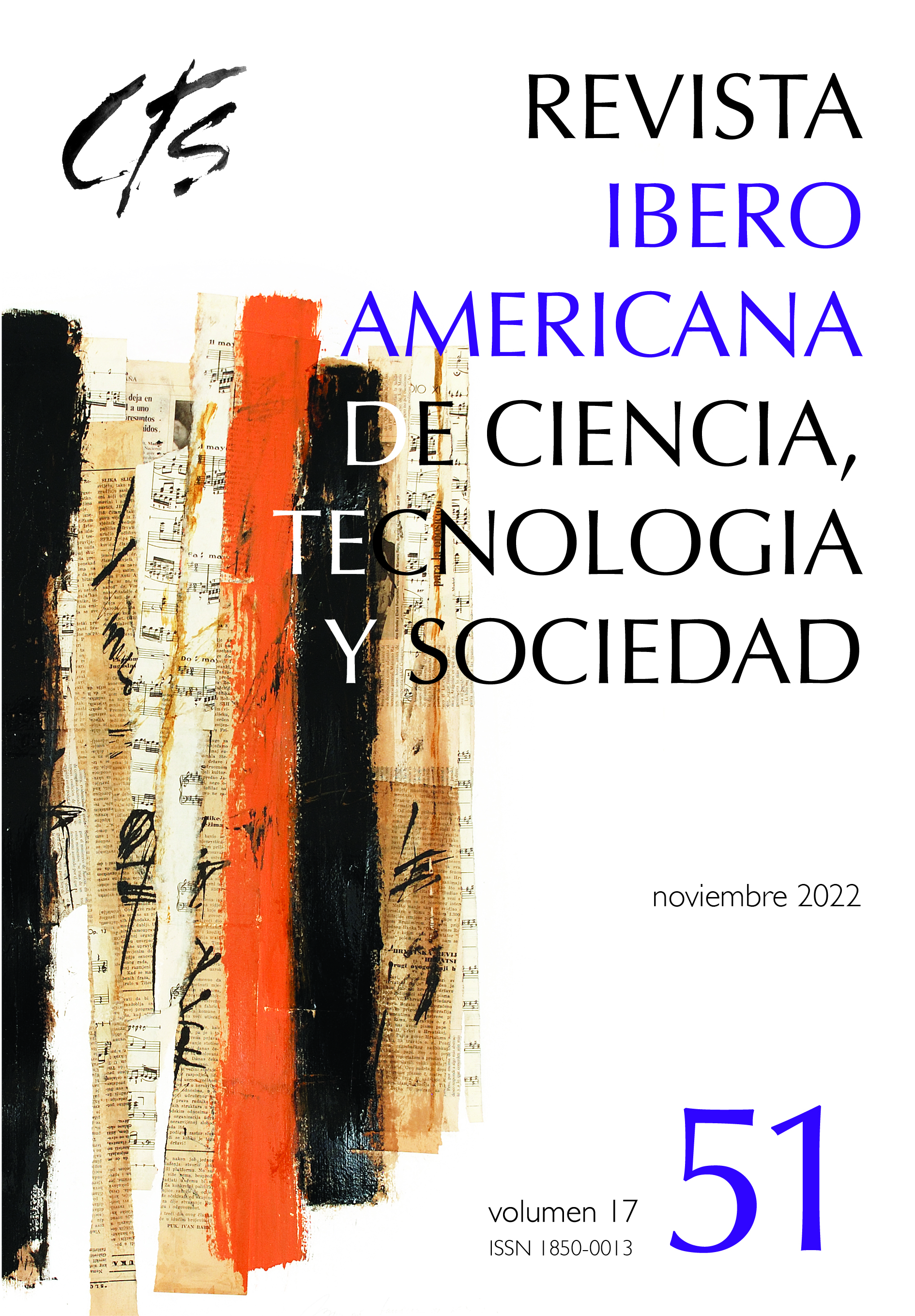Critical and Creative Thinking for Science-Technology-Society Education
Keywords:
critical creative thinking, STS, science educationAbstract
The social, economic, and scientific-technological challenges that humanity faces are uncertain and increasingly volatile. Science, technology and society (STS) interactions are multiple and increasingly complex. As a corollary, the relevance of critical and creative thinking (CCT) has been progressively emphasized and reiterated so that everyone can help to minimize the problems of this present-future, achieve quality of life and fulfill themselves as persons. It is important that school curricula, teacher education and didactic-pedagogical practices consider the development of students’ CCT potential, and, therefore, contribute to make their learning useful and usable in different spheres of life. Emphasizing its focus on teacher education, this article aims at advancing towards an operative frame of reference for the intentional and explicit promotion of CCT and STS education from the first years of schooling. Indeed, and as evidenced by many studies, teacher training is a key aspect to develop didactic-pedagogical practices that explicitly and intentionally promote these two types of thinking. Another fundamental axis lies in the type of training and training opportunities for teachers, a crucial foundation in operational references on CCT.
Downloads
Downloads
Published
How to Cite
Issue
Section
License
Copyright (c) 2022 CC Attribution 4.0

This work is licensed under a Creative Commons Attribution 4.0 International License.
All CTS's issues and academic articles are under a CC-BY license.
Since 2007, CTS has provided open and free access to all its contents, including the complete archive of its quarterly edition and the different products presented in its electronic platform. This decision is based on the belief that offering free access to published materials helps to build a greater and better exchange of knowledge.
In turn, for the quarterly edition, CTS allows institutional and thematic repositories, as well as personal web pages, to self-archive articles in their post-print or editorial version, immediately after the publication of the final version of each issue and under the condition that a link to the original source will be incorporated into the self-archive.











